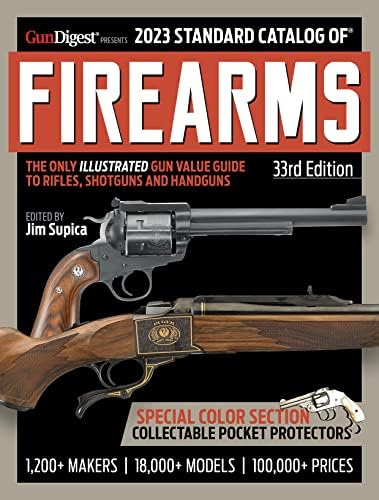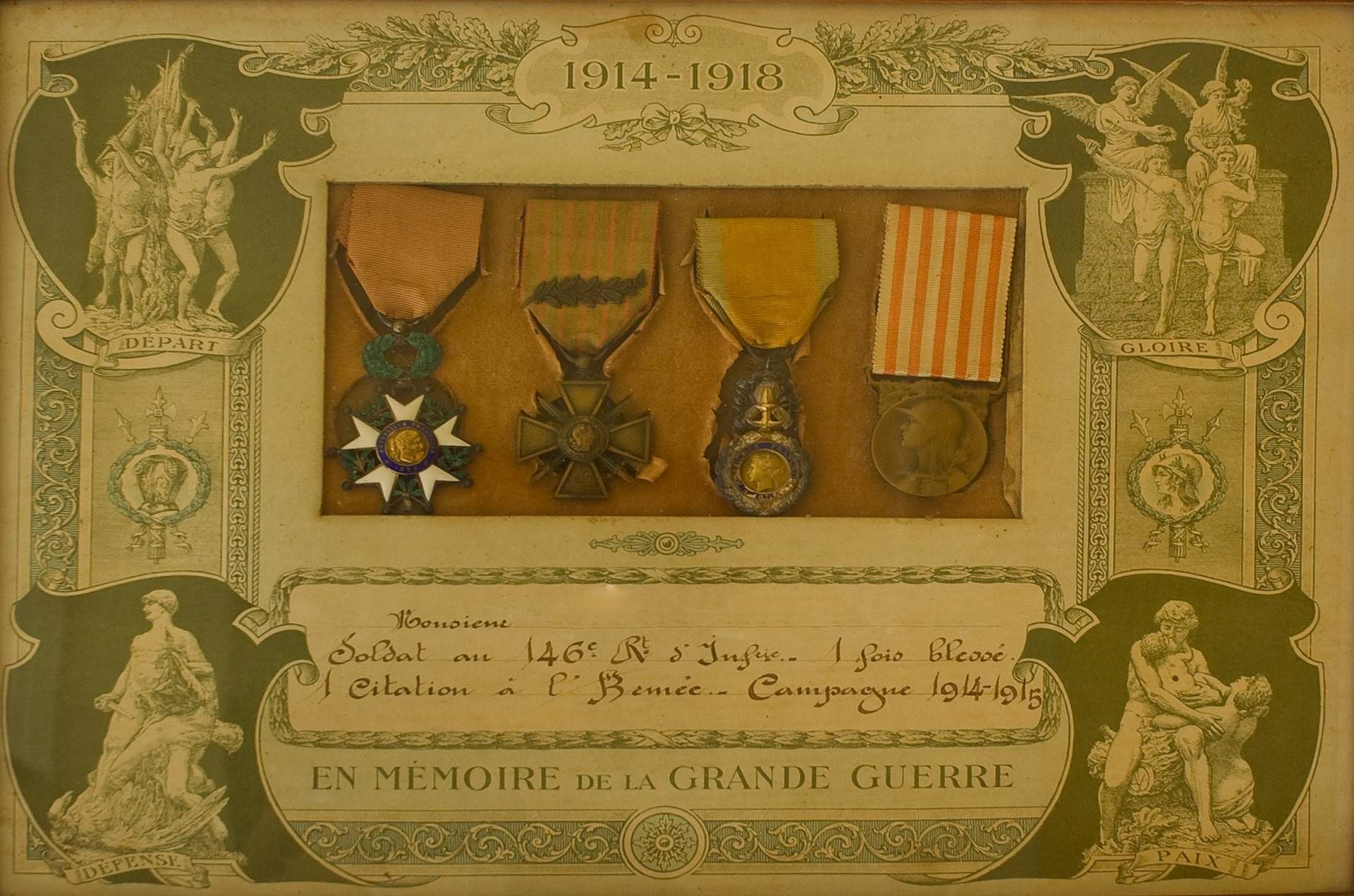World War I
World War I, also commonly referred to as the First World War, was a conflict on a global scale such that had never been seen in human history prior to it. The war that came to be described as the War to End All Wars began on July 28, 1914 and ended on November 11, 1918. It was a war that cost the lives of nearly 10 million combatants and some seven million civilian deaths that were a direct result of battle.
The event that gave rise to WWI happened in Sarajevo on June 28, 1914 when Gavrilo Princip, a Bosnian-Serb, Yugoslav nationalist, assassinated the heir to the Austro-Hungarian throne, Archduke Franz Ferdinand. It is not so much this event on its own as much as the many different events, alliances and coalitions that were formed as a result of it happening that precipitated the greater war. Essentially, the crisis in the Balkans gave way to an environment in which larger players in Europe were forced to align. The result was that Europe’s great powers divided into different faction, with France, the United Kingdom and Russia aligning as the Triple Entente, and Germany, Italy and Austria-Hungry forming the Triple Alliance.

Russia committed to backing Serbia on July 28, 1914, mobilizing after a strike by Austria-Hungary on the Serbian capital of Belgrade. They announced their intentions officially two days later- to mobilize for war. Germany then declared war on Russia, in support of Austria-Hungary, after Russia would not concede to their demand to de-mobilize within 12 hours. The Great War was ultimately waged for four years on virtually all points of the globe, in some way or another. World War I impacted the course of human history and inspired the invention and design of technological advances to meet the requirements in the field. Firearms and associated weaponry were among the most important of these advancements. They spurred forth technology in other areas and gave distinct advantage to the side that had the cutting edge.
You can really look at WWI as a major turning point in the course of history. Historians mark it as one of the hallmarks of the end of the second industrial revolution. One can see how technology in virtually every area rapidly advanced forward.
The history of firearms, specifically within the context of World War I, is an exhaustive study that could take a lifetime to review. Once you get into, for example, all of the different kinds of firearms that the United States used in WWI, it becomes even clearer that other countries were employing entirely different weapons and approaches. Of course, much of the technology translates, but much does not, and it is interesting to see how advances in one country led to advances in others, and so forth. For the purpose of this list, we’re taking a look at some of the most historic and relevant combat arms, including sidearms, rifles, machine guns and shotguns- all of them used by the United States:
- - Colt M1889- The very first double-action revolver featuring a swing-out cylinder and a sliding latch
- - Colt M1892
- - Colt M1911 Pistol
- - Colt Model 1903 Pocket Hammerless- .32 ACP caliber, self-loading, and semi-automatic
- - Browning M1918
- - Enfield M1917
- - Springfield M1903
- - Winchester M1886 – Winchester M1910
- - Colt-Browning M1895- Used by American expeditionary forces, who often used the aircraft version, the Marlin gun.
- - Browning Automatic Rifle- Capable of firing 550 rounds/minute. Used for infantry assaults as well as counter-sniper efforts.
- - Lewis Machine Gun- Some 100,000 of these were used in WWI. Chambered for .30 caliber rounds, capable of firing 600 rounds/minute.
- - Browning Auto-5
- - Winchester M1912

